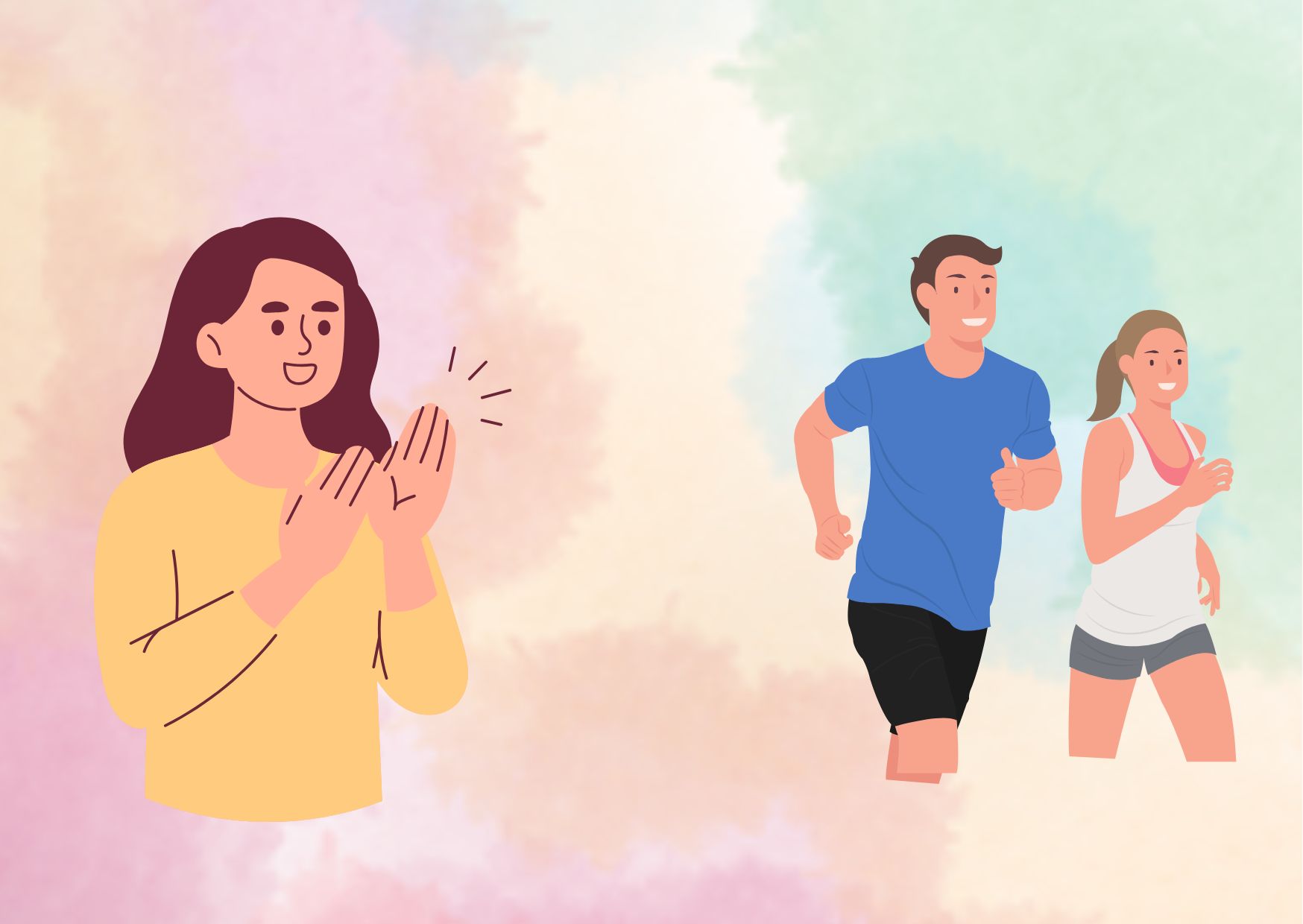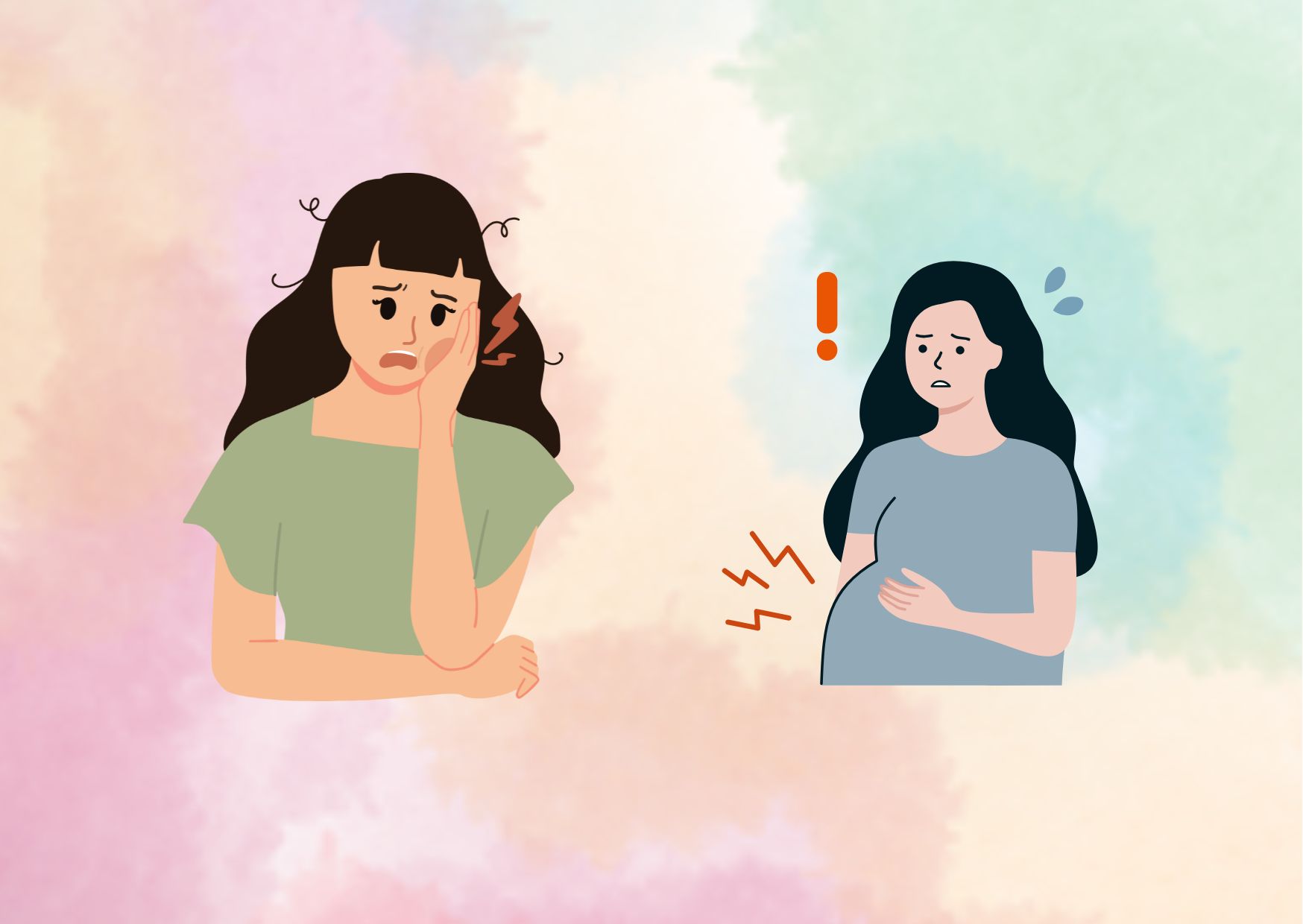The Psychology behind Vicarious Thinking
Have you ever felt your heart race while watching a suspense movie, or found yourself smiling at a stranger’s joy? These moments perfectly illustrate vicarious meaning – the experience of emotions, learning, and growth through others’ experiences rather than direct participation.
Vicarious meaning extends far beyond simple observation, playing a crucial role in human psychology, learning, and emotional development. From therapeutic applications to educational benefits, understanding this concept helps explain how we learn, grow, and connect with others without directly experiencing every situation ourselves.
This comprehensive guide explores the psychology behind vicarious experiences, their various types, benefits, potential risks, and how to develop healthy vicarious experiences in your daily life.
The Psychology Behind Vicarious Experiences
The human brain possesses remarkable capabilities to process and understand experiences without directly participating in them. This fascinating ability forms the cornerstone of vicarious meaning and shapes how we interact with the world around us.
How the brain processes secondhand experiences
Our brain employs specialized neural networks to process vicarious experiences. The cortical midline structures, temporal lobe, and insula work together to create meaningful interpretations of observed experiences. These regions are particularly active when we:
- Process social pain and embarrassment
- Experience others’ physical sensations
- Interpret emotional responses
- Create mental representations of others’ experiences
Emotional contagion and empathy
Emotional contagion serves as a fundamental building block of human social interaction. This unconscious process allows us to automatically tune into others’ emotional states, particularly those closest to us. While both emotional contagion and empathy involve shared emotional experiences, they differ in their underlying mechanisms. Empathy operates on two distinct levels – affective and cognitive – while emotional contagion functions primarily at a subconscious level.
The strength of these vicarious emotional responses often depends on several factors, including relationship closeness, shared past experiences, and social context. This explains why we tend to feel more deeply connected to the experiences of friends and family compared to strangers.
The role of mirror neurons
Perhaps the most fascinating discovery in understanding vicarious experiences is the mirror neuron system. These specialized neurons fire both when we perform an action and when we observe others performing the same action. Located primarily in the premotor cortex and parietal areas, mirror neurons create a neural bridge between observation and experience.
Mirror neurons contribute to:
- Understanding others’ actions and intentions
- Processing emotional responses
- Facilitating social learning
- Developing empathetic responses
This intricate system develops before 12 months of age in human infants, suggesting its fundamental role in social development and understanding. The mirror neuron system works in concert with other brain regions, particularly those involved in attention and cognitive control, to create a comprehensive understanding of others’ experiences.
Types of Vicarious Learning and Experience
Vicarious experiences manifest in various forms, each offering unique pathways to learning and understanding. Let’s explore the three primary types that shape our daily interactions and personal growth.
Observational learning
Observational learning forms the foundation of vicarious meaning, occurring when we learn by watching others perform actions or behaviors. This intentional form of learning differs from casual observation as it involves:
- Attention to specific actions and outcomes
- Retention of observed information
- Reproduction of behaviors
- Motivation to implement learned behaviors
This type of learning proves particularly effective in professional development, where individuals can model successful behaviors without the risk of trial and error. For instance, watching a skilled presenter deliver a speech can help improve your own presentation skills.
Emotional experiences
Vicarious emotional experiences go beyond simple observation, involving a deep psychological connection with others’ feelings and situations. Unlike empathy, which requires shared emotional states, vicarious emotional experiences can occur even when the observed person isn’t experiencing the same emotion. This phenomenon explains why we might feel embarrassed watching someone make a social faux pas, even if they seem unaware of their mistake.
Social media and digital vicarious experiences
The digital age has revolutionized how we experience vicarious meaning through social media platforms and online interactions. These digital vicarious experiences have unique characteristics that distinguish them from traditional forms:

